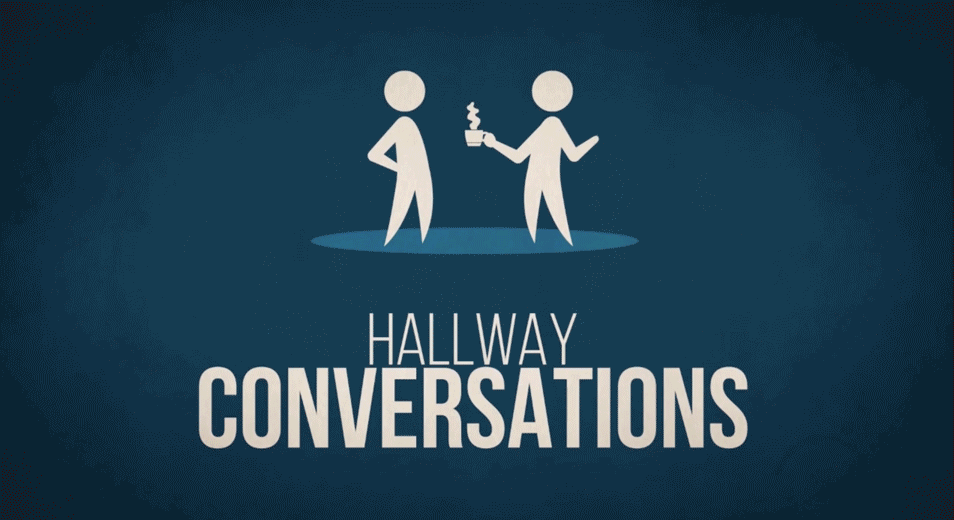Let’s face it—corporate training can get a bad rap. Long modules, low engagement, and forgettable content aren’t doing your L&D strategy any favors. That’s where gamification in eLearning comes in.
Gamification brings the elements we love about games—like rewards, competition, and progress tracking—into learning environments. The result? More engagement, better retention, and a digital learning experience your employees might actually enjoy.
In this guide, we’ll walk you through how gamification works in corporate training, when to use it, and real-world examples of organizations that nailed it.
Why Gamification Belongs in eLearning
We know it works: Gamified learning can increase employee engagement by up to 60%, and learners who are emotionally connected to content are 22 times more likely to recall it.
But the benefits go beyond just making training “fun.” Gamification taps into core psychological drivers that help learners stay focused, push through challenges, and actually retain what they learn. It’s especially powerful in corporate training, where the stakes are high, and the attention spans are low.
Looking to make bite-sized, mobile-friendly content even more impactful? Gamification pairs naturally with microlearning and mobile learning formats.

Core Gamification Principles for eLearning Designers
If you’re new to gamification, it’s not about turning training into a video game. It’s about designing smart learning experiences that use game mechanics to meet learning goals.
Here are a few foundational concepts to know:
Intrinsic vs. Extrinsic Motivation
Intrinsic motivation comes from within. Learners want to master a skill or accomplish something meaningful.
Extrinsic motivation involves outside rewards—badges, points, leaderboards.
A balanced approach helps you tap into both, making training both personally and professionally rewarding.
Structural vs. Content Gamification
Structural gamification adds game mechanics (like timers or levels) around existing content.
Content gamification weaves game-like experiences into the content itself, like branching scenarios or interactive storytelling.
Feedback Loops, Leveling, and Flow State
Great gamification is responsive. It gives immediate feedback, allows learners to “level up,” and keeps them in the sweet spot between boredom and anxiety—also known as the flow state.
Here’s a deeper dive into the psychological benefits of gaming and why they matter for learning.
When Gamification Works—and When It Doesn’t
Gamification isn’t a silver bullet. In fact, overusing it or applying it in the wrong context can backfire. Here’s a quick breakdown:
When It Works ✅
– Onboarding
– Product knowledge training
– Soft skills development
– Compliance (done right!)
When It Doesn’t ❌
– Topics that are already fun
– Overused leaderboards
– When gameplay distracts from learning
– One-size-fits-all approaches
Explore when gamification works in more detail to make sure your approach is actually effective.
Real-World Gamification in Action
Let’s break down how companies have made gamification part of their learning strategy—and the results they saw.

Sony Music: Scaling Training Across Borders
Sony needed a solution to train teams across continents. By gamifying the training experience, they saw improved knowledge retention and engagement across diverse teams.

Omnicom: Gamifying D&I with Empathy
Omnicom used gamified modules to help employees navigate sensitive diversity topics with empathy. The training featured branching scenarios and role-based learning paths—making complex topics feel more approachable.
Car Rental Company: Making Compliance Tolerable
This company used leaderboards, quizzes, and scenario-based challenges to help staff stay current on compliance. It wasn’t just a box to check—it became something employees actually talked about.

Beer Maker: Dopamine and Uncertainty in Beverage Basics
By introducing elements of surprise and uncertainty, this training helped frontline workers better understand product basics—boosting both engagement and performance on the job.

Integrating Gamification into Your eLearning Strategy
Thinking about adding gamification to your eLearning offerings? Start with these practical tips:
1. Set clear objectives: Make sure the game mechanics align with learning goals.
2. Start small: Pilot with a module or two to test engagement and outcomes.
3. Use the right tools: Many custom eLearning solutions integrate gamification without needing to build from scratch.
4. Track progress: Use analytics to measure what’s working—and what’s not.
Is Gamification Right for Your Program?
Still unsure if gamification is the way to go? Use this quick checklist to find out:
– My training program struggles with engagement.
– Learners often forget content after training.
– I want to increase retention and motivation.
– I have access to an LMS or authoring tool that supports gamification.
– I’m focused on results—like performance improvement, not just participation.

Wrapping It Up
Gamification in eLearning isn’t just about making training fun—it’s about making it work. When done right, it can drive meaningful behavior change, increase retention, and improve learner satisfaction across the board.
Want to learn more about how to boost engagement through gamification? Or explore whether it fits into your custom training strategy? We’ve got you covered.
Let’s make learning stick.

